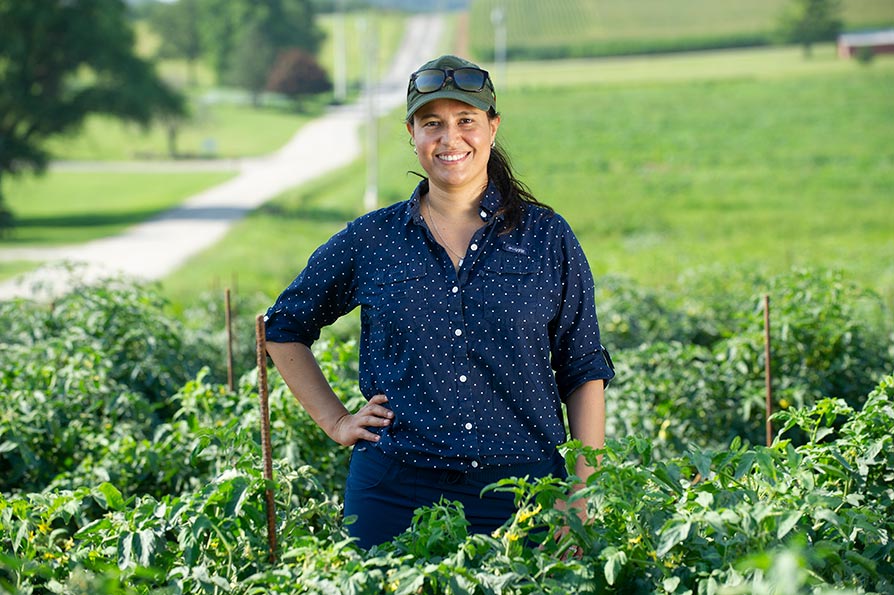The ‘New Blue’? Why the World of Blueberries Is Changing
Recently, Rabobank released a new study that illustrates the evolving global blueberry industry. The report — titled “Consistent Quality is the New Blue” — looks at global trade patterns and what it portends for the future. Global production grew to nearly 507,000 acres in 2020, and the report notes production is expected to grow firmly over the next few years.
While the Americas are still the heart of blueberry production, the Asia-Pacific region is expanding rapidly, and regions are being developed in Europe and Africa.
When it comes to the new growth juggernaut, Peru is the clear mover and shaker. Since the 2019-2020 season, Peru has become the largest global exporter of blueberries. The good news is their peak season is September to November — not an overlap of the Florida market. The bad news, the report notes, is in the future Peru will be able to produce fruit all year round.
The two countries most bumped up against Florida’s window are Chile and Mexico. Chile is now the second largest exporter in the world, but the industry seems to be maturing, and its growth has stabilized in the last five years. Mexico continues its growth pattern.
Underlying the report is the idea that growing global blueberry industry production will increase the continuity of supply throughout the year. So, those peaks in prices between one region’s season starting and the next will become smaller and smaller. There will always be disruptions in weather and other factors that could cause a price spike, but that can’t be counted on year after year.
The void in blueberry volume was for a long time a sweet spot for Florida growers. The report illustrates that sweet spot will be tighter in the future. That’s a bitter pill, but the report does offer some suggestions for a sustainable future.
The first is growing consumption. And the good news is there is pent-up demand for the blueberry worldwide. The report notes: “In terms of consumption, the U.S. and Canada combined still absorb the highest blueberry volume, but Europe is now the main source of demand growth. In the same way, China is leading blueberry consumption in Asia thanks to growth of its local and imported supply. In other words, the demand landscape is going from being North America-centric to having diverse engines around the globe.”
The report also suggests the consistency in high quality fruit is critical to the future. That means investing in breeding and planting new varieties that produce good yields and quality fruit. Efficiency also will be key on the growing side to reduce costs, with harvest mechanization being critical. Florida is already on the move on that front, breeding varieties more suited for machine harvest. And a very knowledgeable grower tells me he suspects about 40% of the state’s crop is already being mechanically harvested.
While the report lays out some stark realities of the expanding global footprint of blueberry production, I believe Florida growers will innovate and continue to produce a high-quality and sustainable crop into the future.










